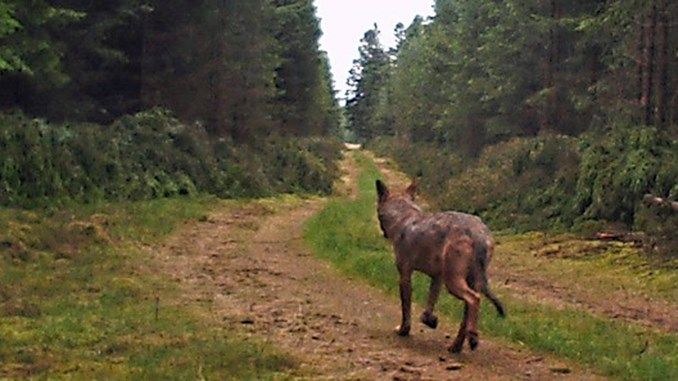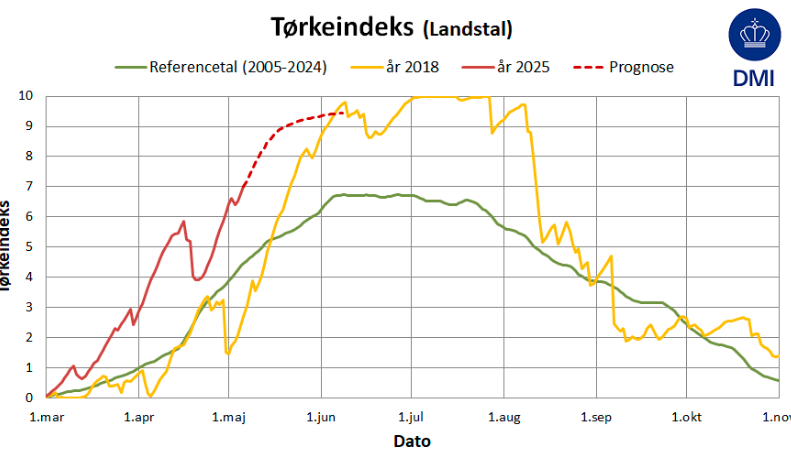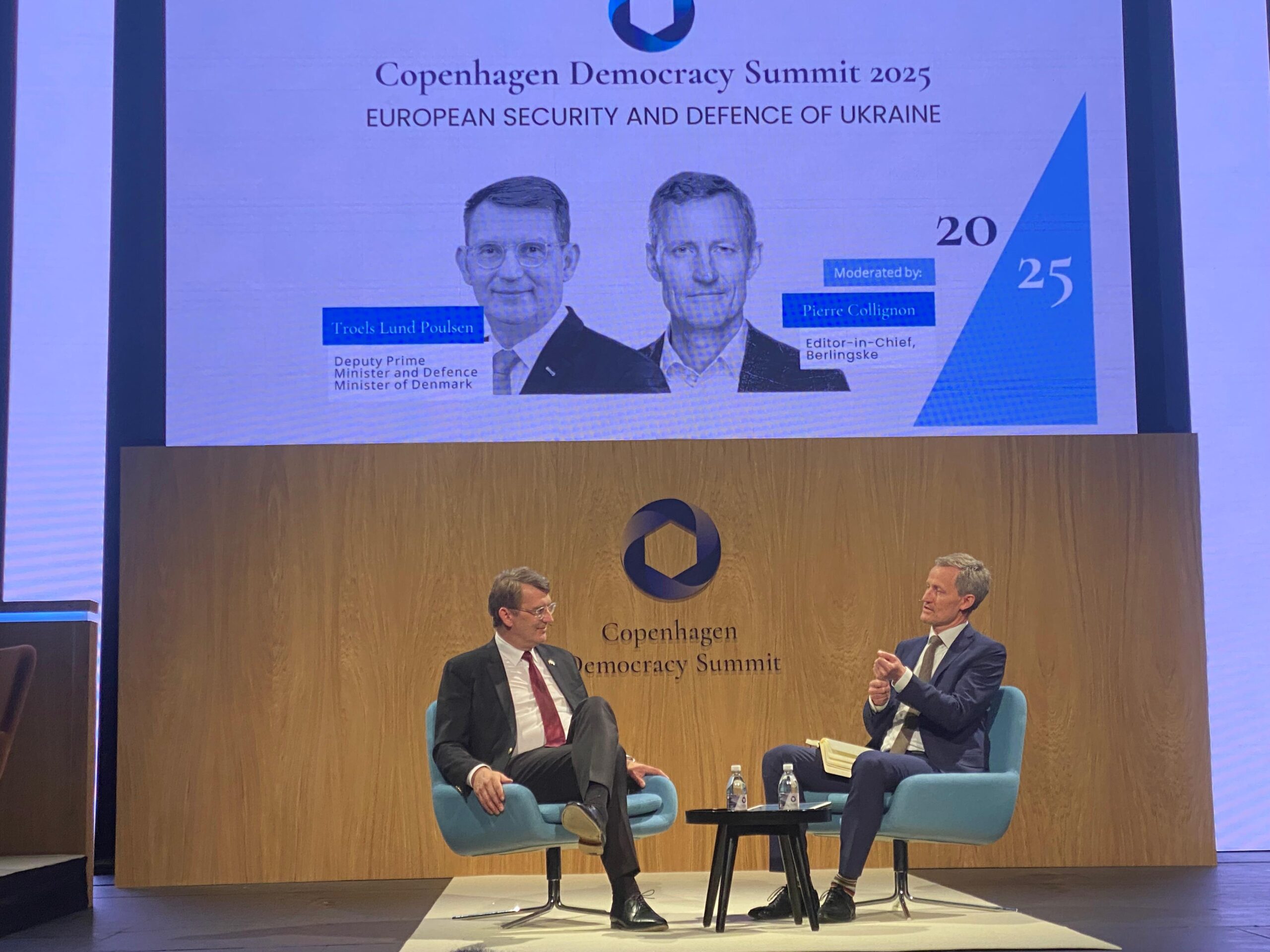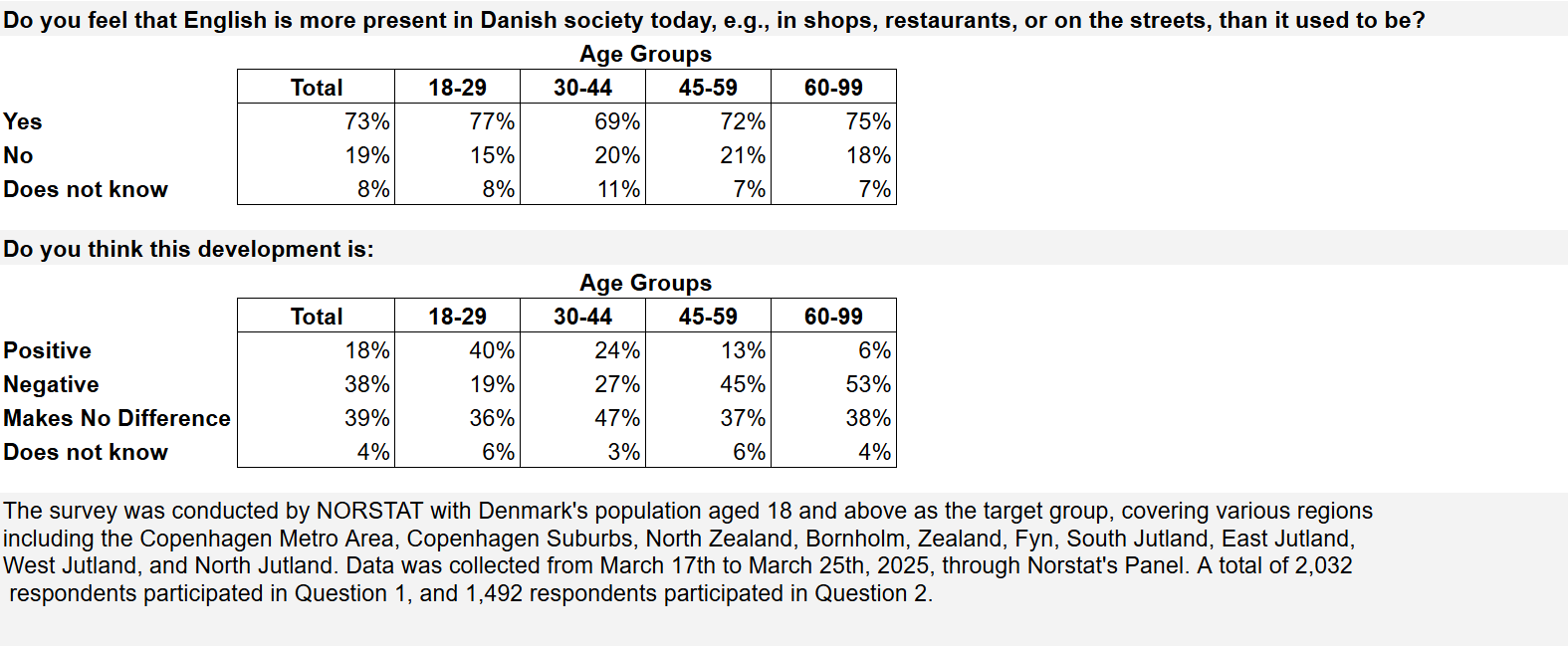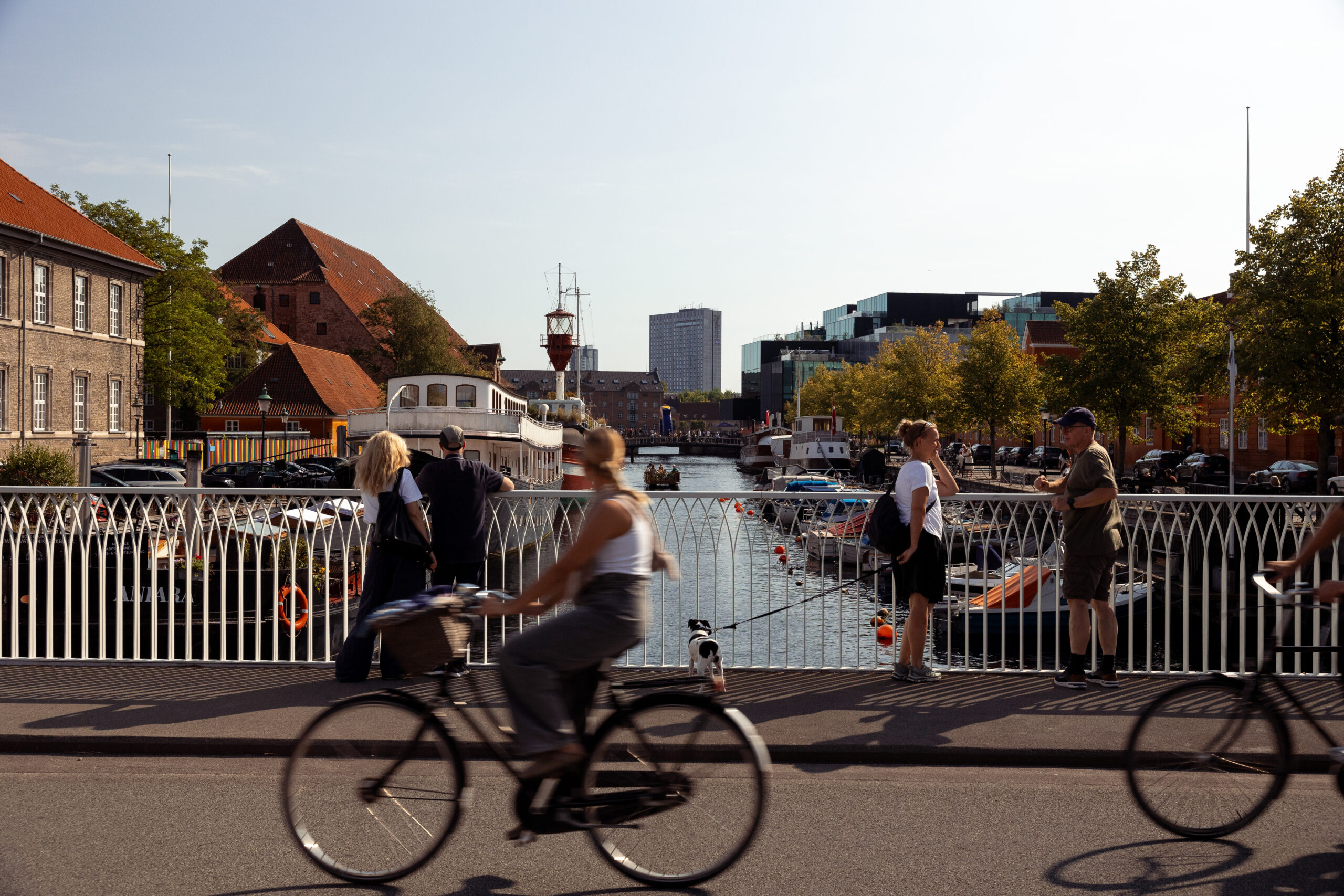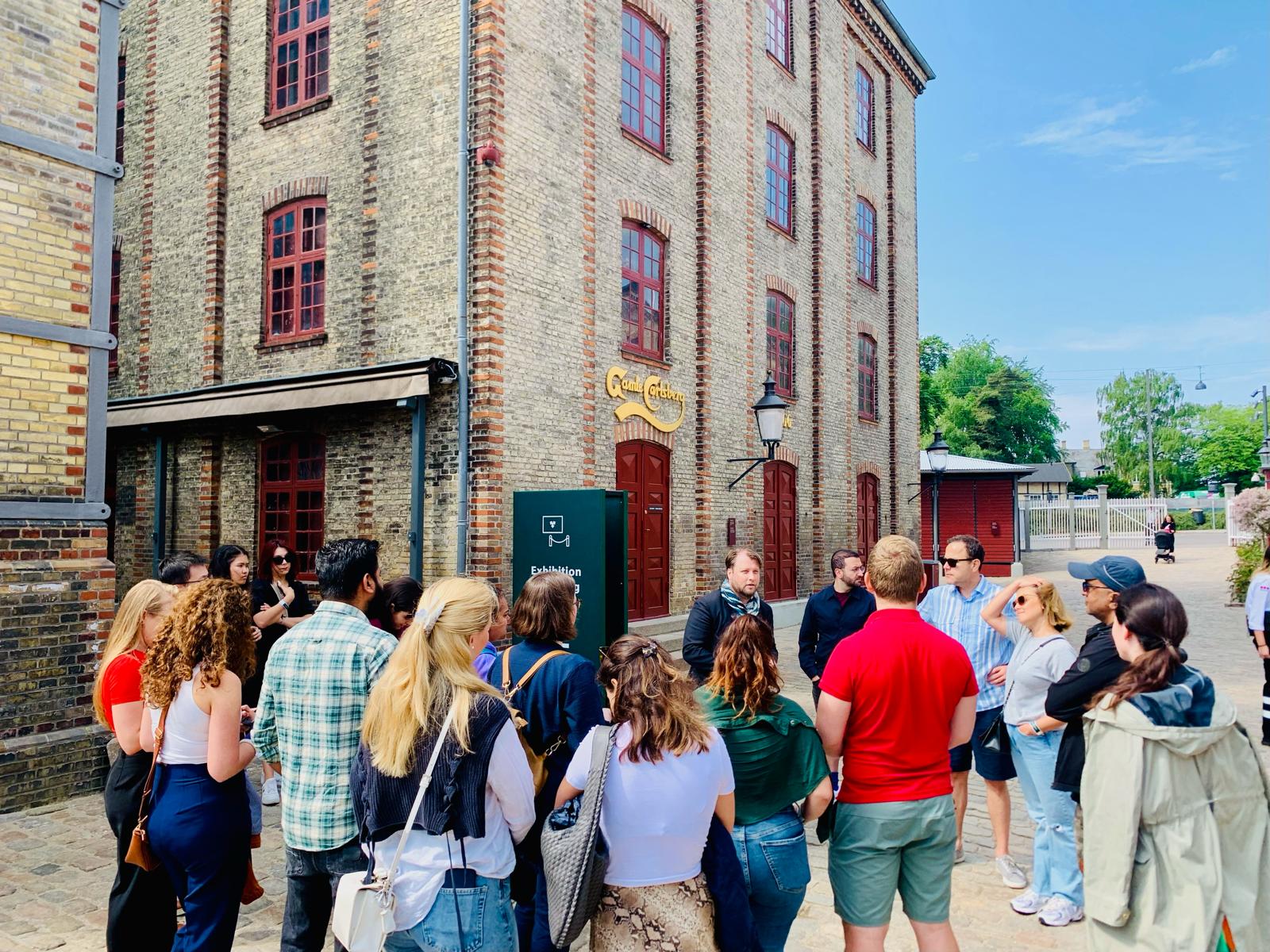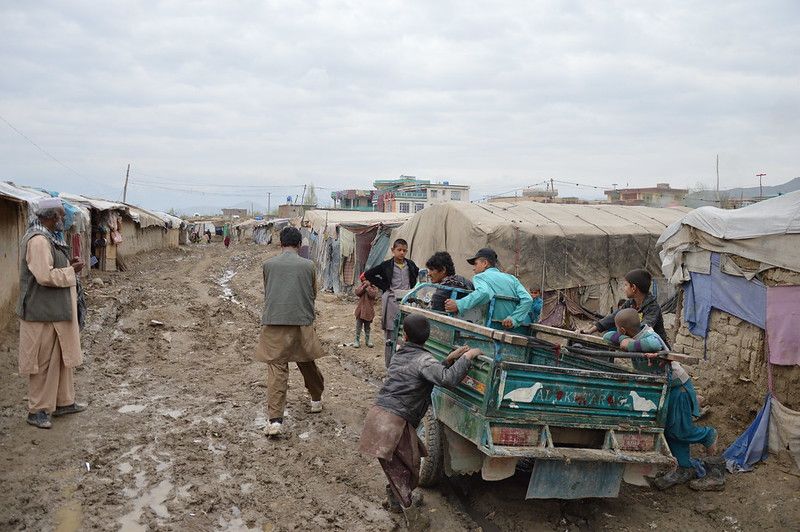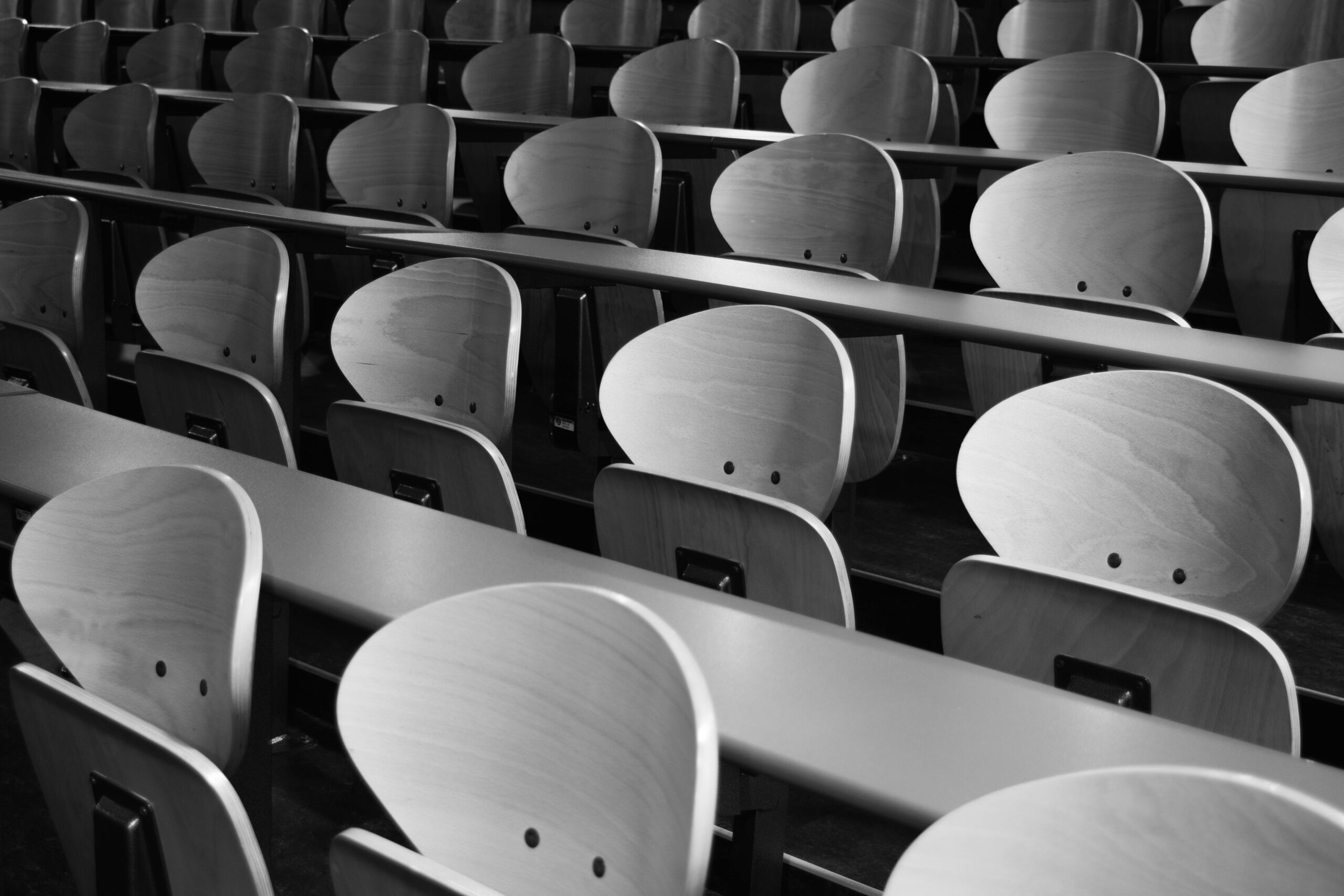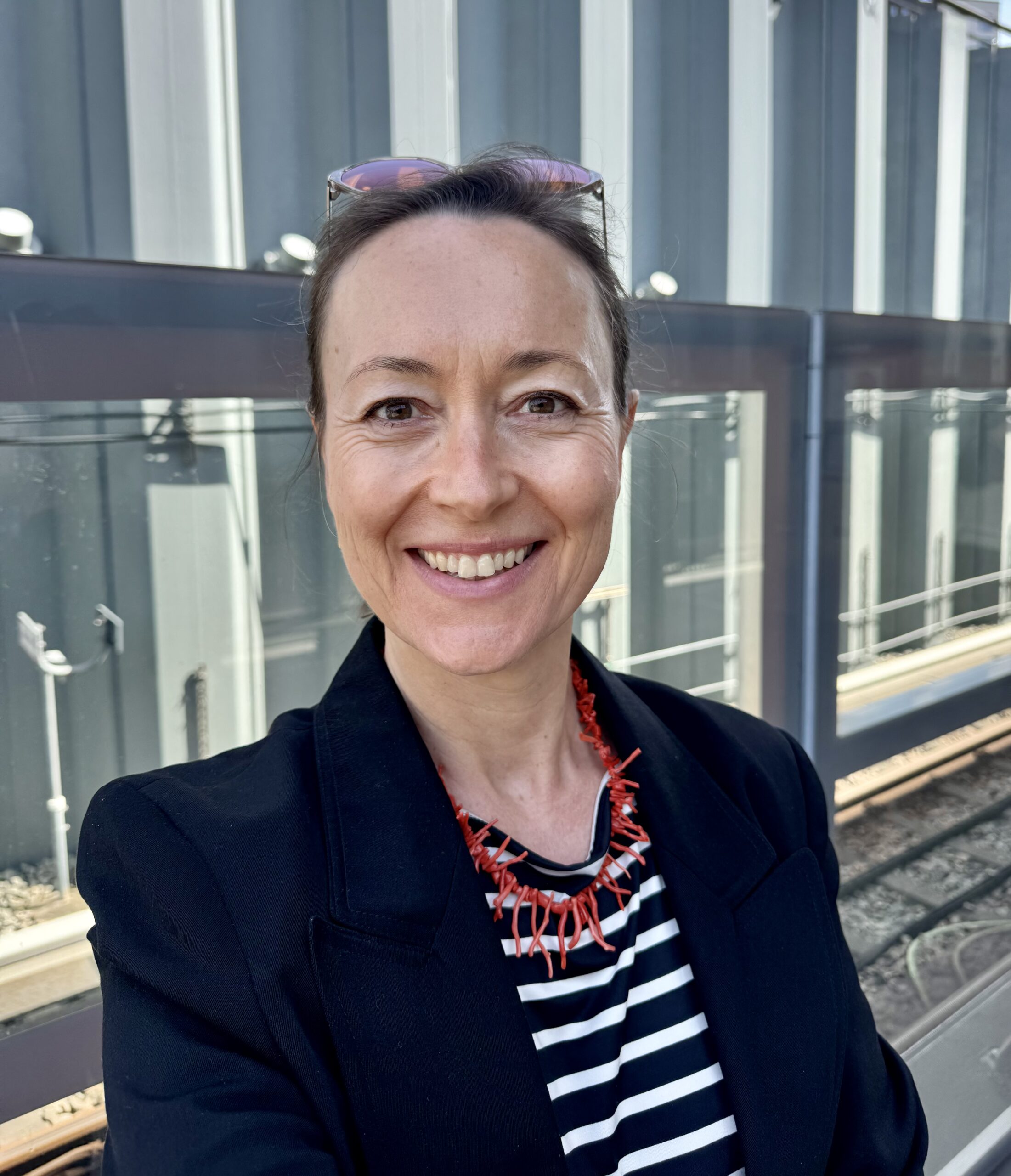Wildlife in central Jutland has been catching the attention of the media recently.
Last week the nature agency Naturstyrelsen released a striking photo of a wolf taken by a trail camera in the forest in central Jutland, and over the weekend DR reported that a new invasive species of deer originating from Asia is beginning to settle in the area.
The wolf is on the trail
The presence of wolves in the wilds of Jutland is not a brand new phenomenon, but sightings of them have been few and far between.
Self-activated trail cameras have been installed in recent years as a collaboration between the University of Aarhus, the Natural History Museum, Naturstyrelsen and the wolf-spotting group Projekt Dansk Ulv.
Until now the photos and videos have been unclear and dark, mainly because the animals are most active at night. But the most recent snapshot clearly shows a slender adult wolf with a summer coat, although the gender of the beast can’t be determined.
Unwelcome newcomers
But while wolves in Denmark are nothing new, experts are concerned about the apparent spread of another species in central Jutland.
Several muntjac deer, an invasive species from Asia, have been spotted, and in some cases shot in the past year in the area around the Rørbæk lake near Nørre Snede.
Steen Fjederholt, a nature consultant at Naturstyrelsen, told DR that the animals can spread rapidly.
“It started with one of our surveillance men seeing a strange deer. He had also photographed it, and when he looked online he found that it was a muntjac,” he said.
“They can spread really quickly, and since they are good at concealing themselves, you won’t even know that they’re there until it’s a big problem.”
In the UK a small number of the animals escaped from a farm and quickly spread throughout the whole country.

